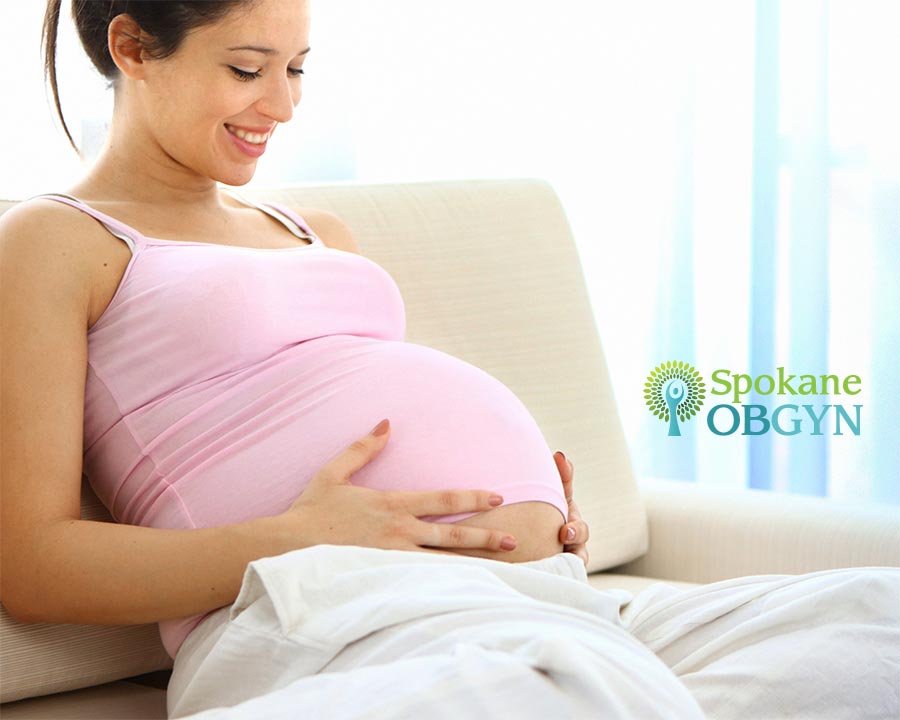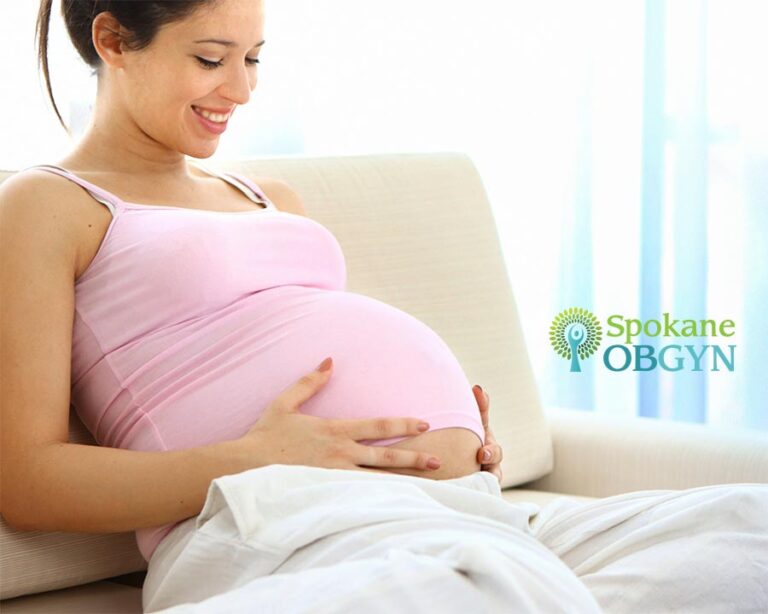Is there a natural way to treat a vaginal infection?

By Amery Baker, PA-C The best answer to this question is: not really. Natural remedies for treatment of vaginal infection have theoretic science behind them and limited evidence supporting use. When compared to available medications (including over the counter treatments) for vaginal infections, however, they do not help enough for doctor recommendation. Some remedies are […]
Once a C-section, Always a C-section?

By Mark Schemmel, M.D. Patients often ask if having had a cesarean once means that they will always require a cesarean. The fact is that most women who have had a single prior cesarean are candidates for what we call TOLAC, or a trial of labor after cesarean. Many of these women have a high […]
Dietary Supplements During Pregnancy

By Dr. Jason Reuter It is important to maintain healthy nutrition during pregnancy. Taking the time to meal plan and shop for healthy food is essential. In addition to obtaining nutrition from food, some women turn to nutritional supplements to maintain good health during pregnancy. Nutritional supplements are intended to aid in acquiring nutrients lacking […]
Non Invasive Prenatal Screening or Cell free DNA Testing

Non Invasive Prenatal Screening ( N.I.P.S.) or Cell free DNA Testing By Dr. Stovall Introduction: Chromosomal testing with gender identification in the first trimester New to prenatal screening is the N.I.P.S. testing. It is a chromosomal test for Down’s syndrome and other genetic disorders. It is getting a lot of attention not only for increased sensitivity […]
Why Do I Feel This Way? Baby Blues and Postpartum Depression

By Shelley L. Northern, ARNP You survived 9 long months of pregnancy, hours of labor and the birth, and now you are home and settling into your new life with your newborn baby. Although this is typically a very special time in your life, it can also be emotionally challenging. Approximately 70% of all new moms […]
Welcome Eric M. Tyler, MD!

Dr. Tyler is from a small town in northern Arizona. He graduated from Arizona State University. He then went on to complete both his medical school and residency at the University of Iowa. He is making his home in Spokane with his wife and 5 year old daughter, with one more Tyler girl on the […]





